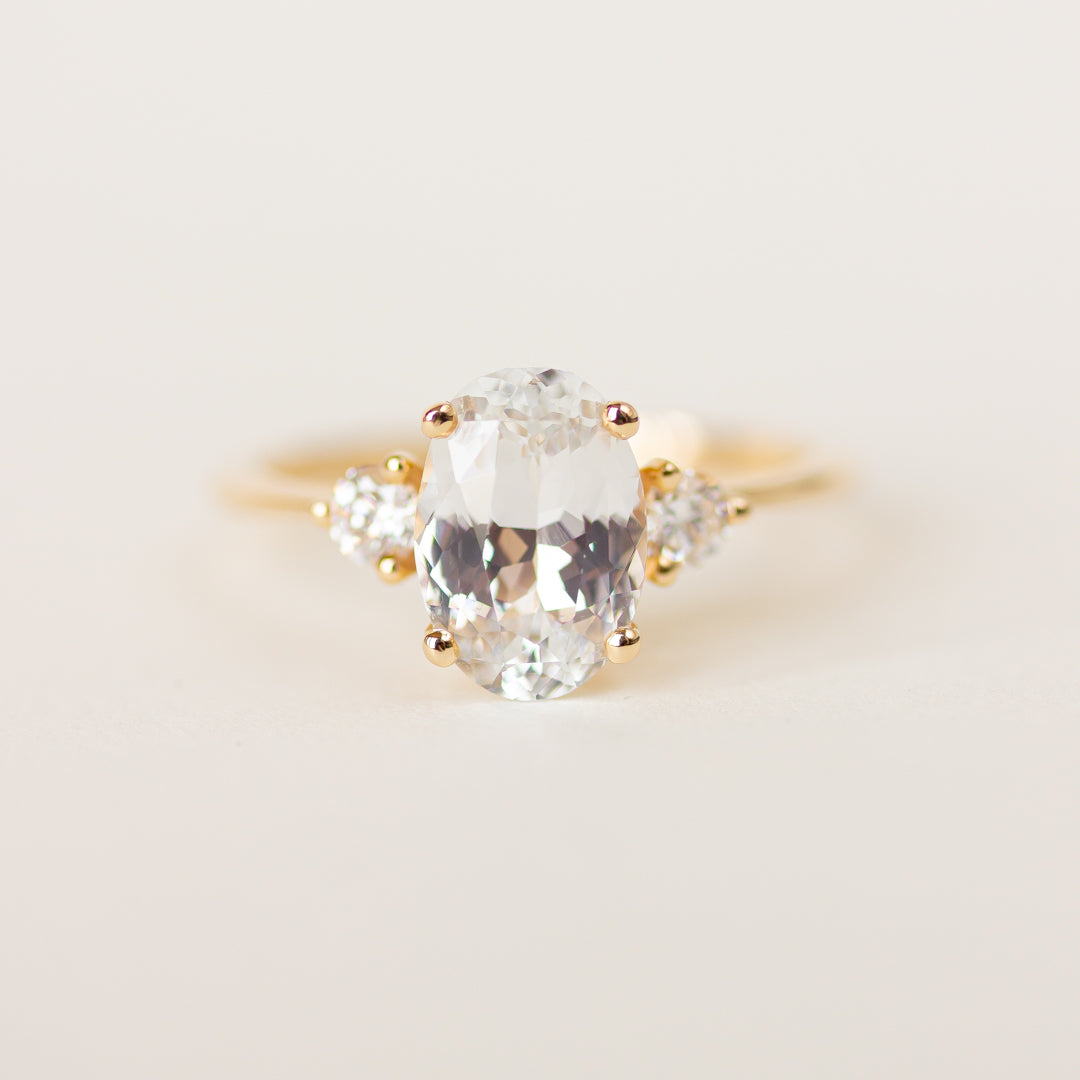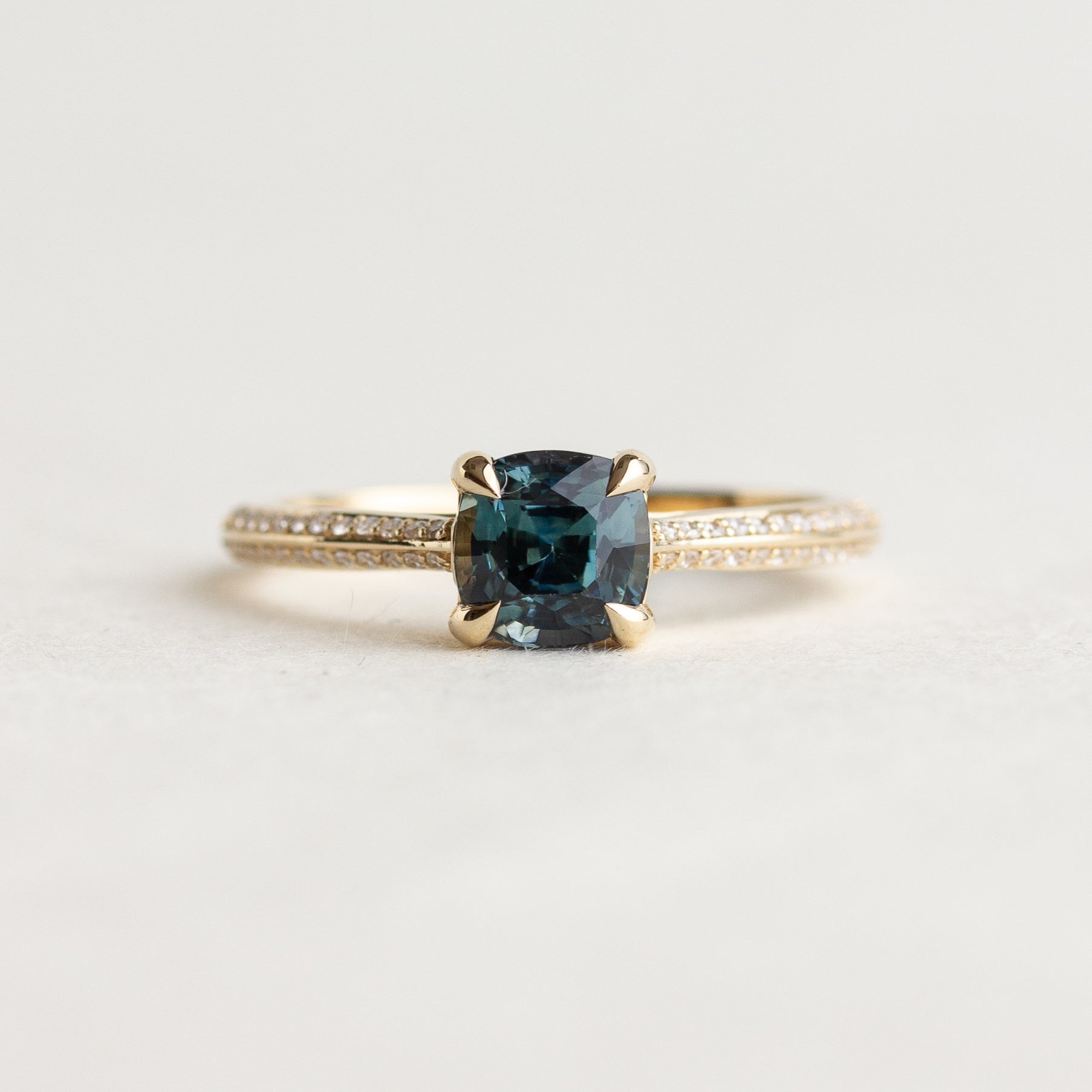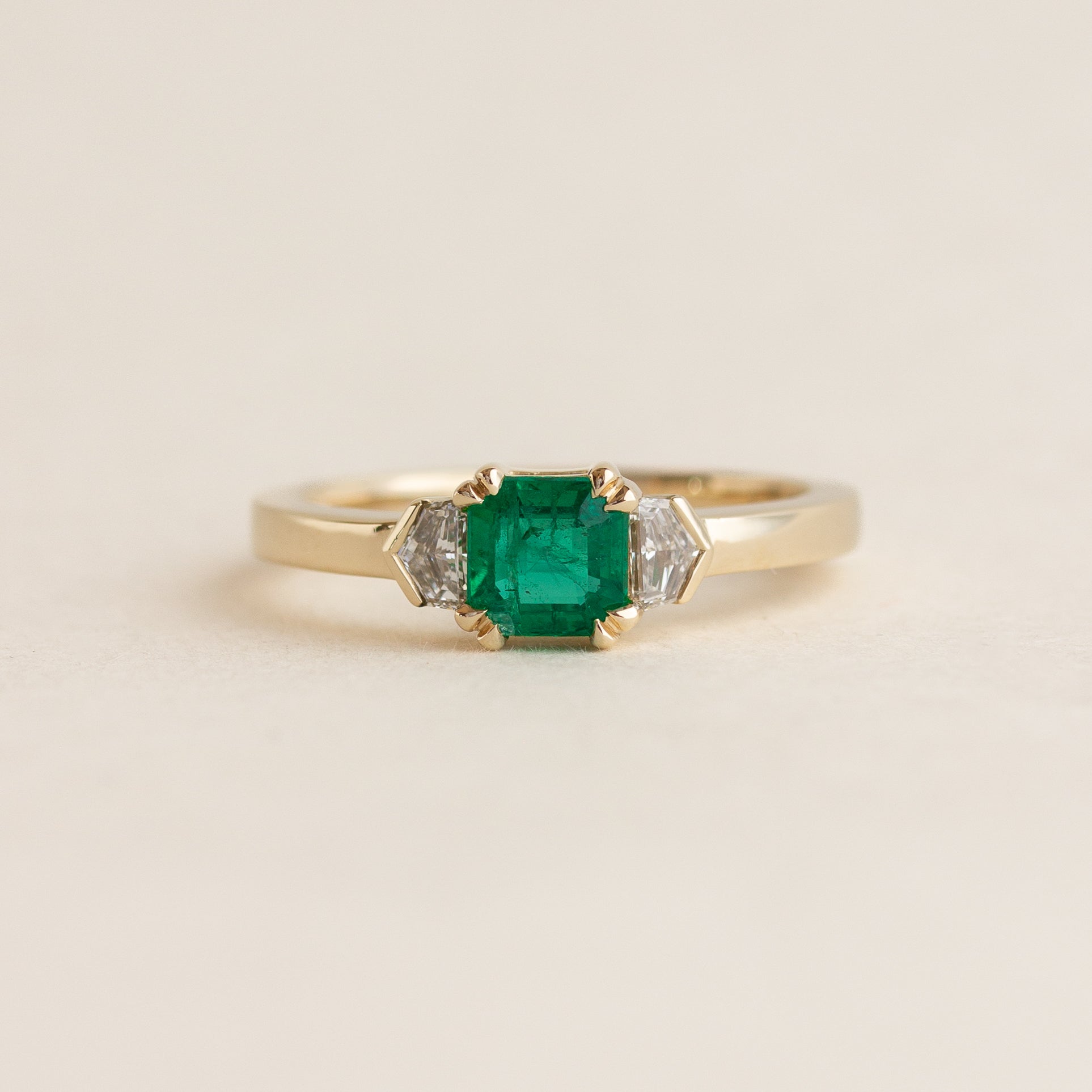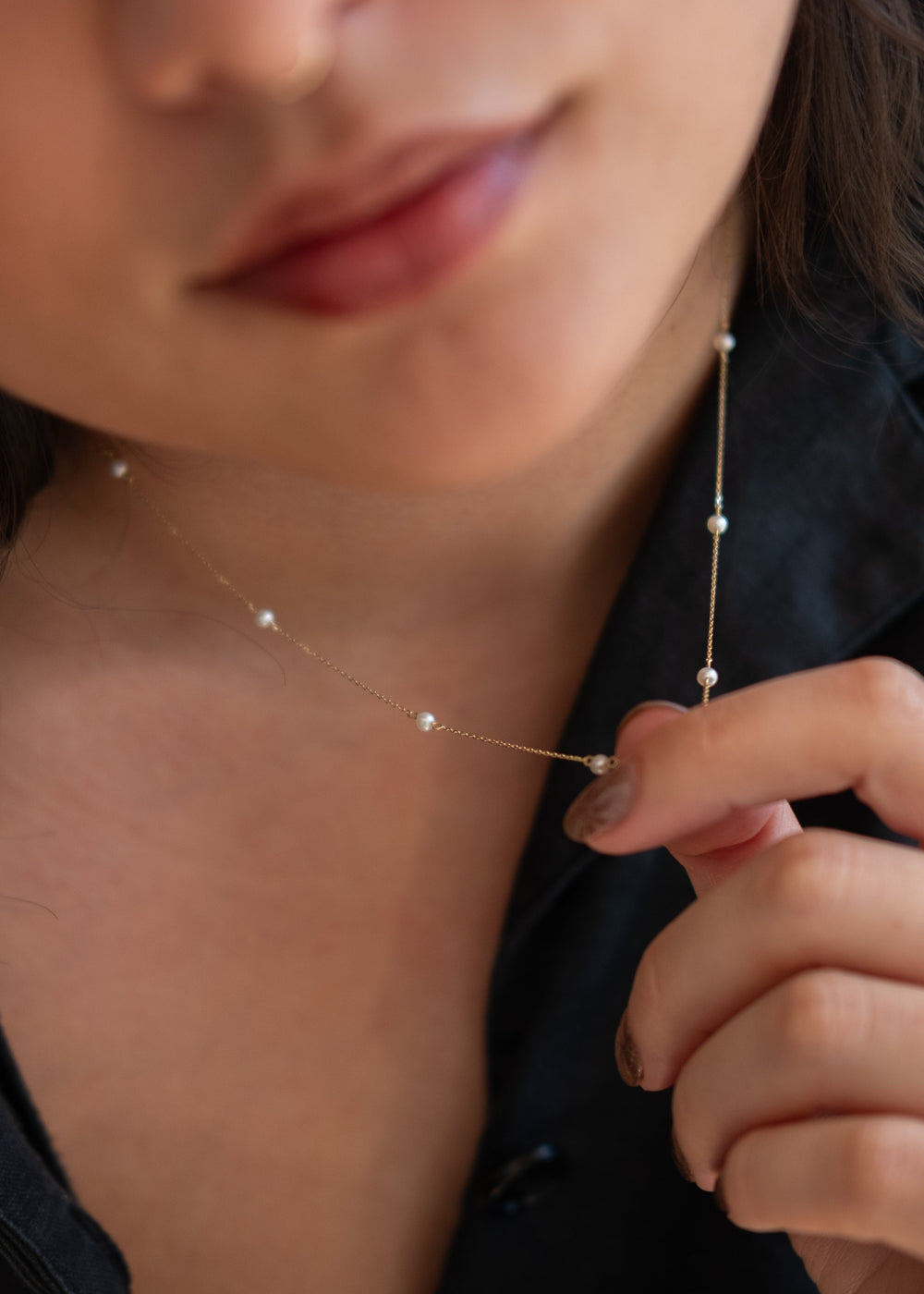The Ultimate Lab Diamond Guide
This is our ultimate guide to the difference between diamonds created by mother earth, and diamonds created by man. (You'd never know just by looking at them!)
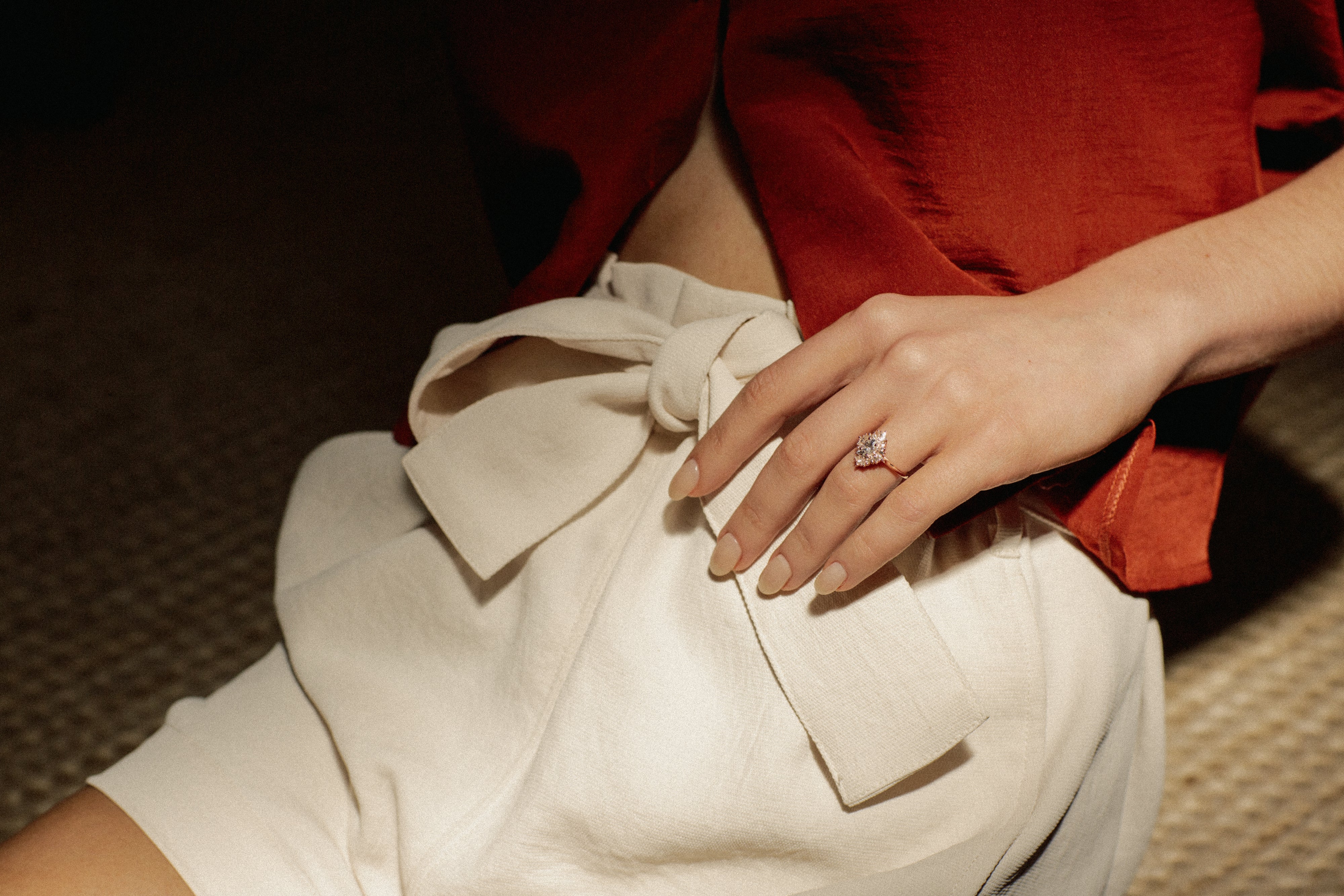

What is a Lab Diamond?
Lab diamonds, also referred to as man-made, synthetic, or cultured diamonds, are made of the same natural materials as mined diamonds. They are most typically created using a diamond 'seed'. This is exactly what it sounds like! A tiny sliver of a natural diamond is heated in plasma and 'grows' into a cube-shaped diamond using a process called Chemical Vapor Deposition (CVD). It is later cut into the desired shape and to give it optimal sparkle.
Because they are made from a small part of a natural diamond, lab diamonds have the same composition and characteristics as their more traditional predecessor. The only difference is the setting and method in which they are created!
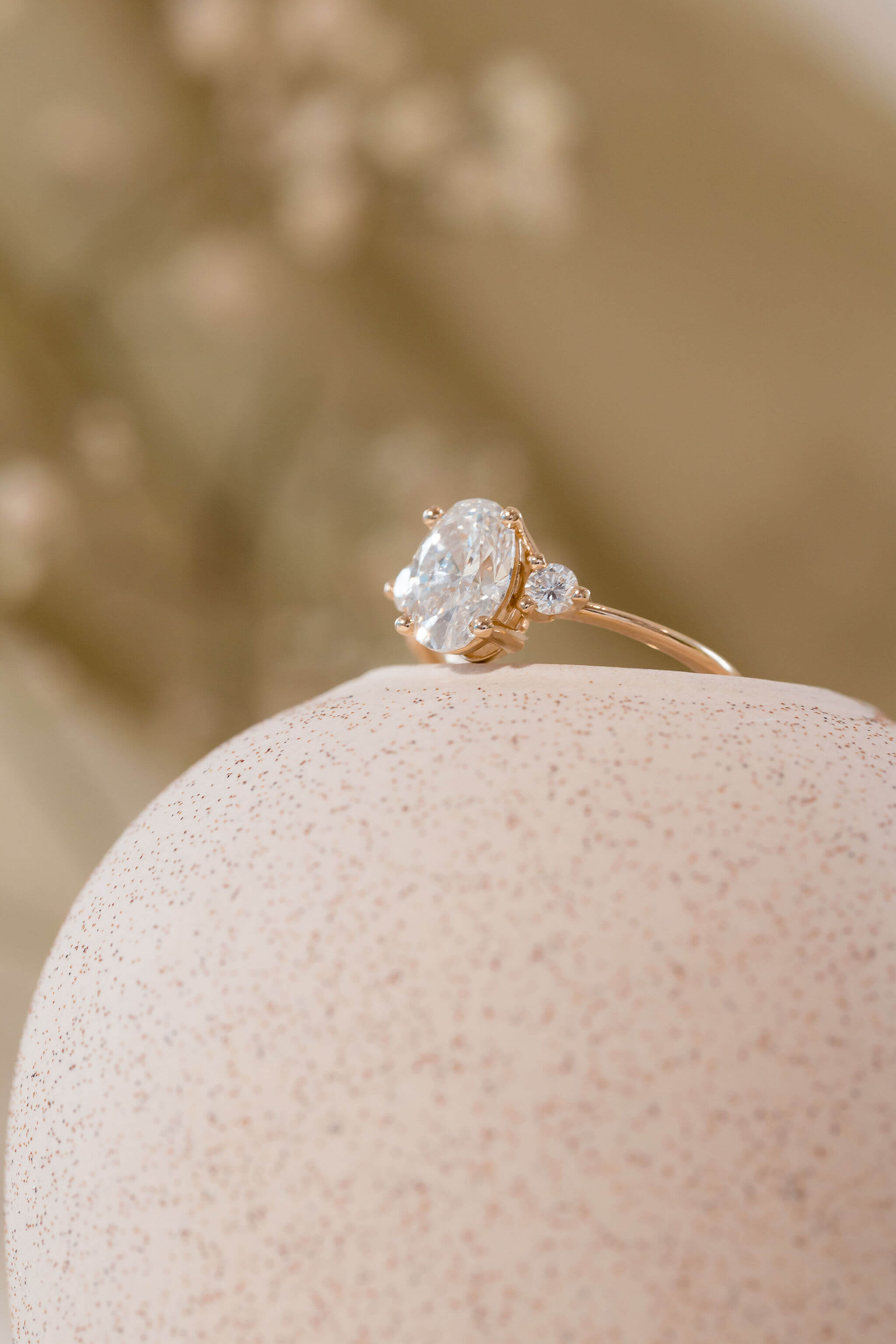
Sustainability
The main benefit of exploring a lab created stone is that they have a significantly smaller carbon footprint than their mined counterparts. Extracting stones from the earth can contribute to the loss of biodiversity, soil erosion, and contamination of surface water, groundwater, and soil. Lab diamonds are the same material as mined diamonds, but without the leakage of chemicals and use of natural resources. Same quality, but a little kinder to Mother Earth!
We only use verified, sustainable sources for all of our stones, including lab diamonds. Lab grown stones are the gold standard option for couples looking for a classic, stunning ring with low impact on our environment, however mines are continuously improving their sustainable practices as well. We're happy to work with our customers to find a stone that meets their needs, so feel free to reach out to us with any questions!
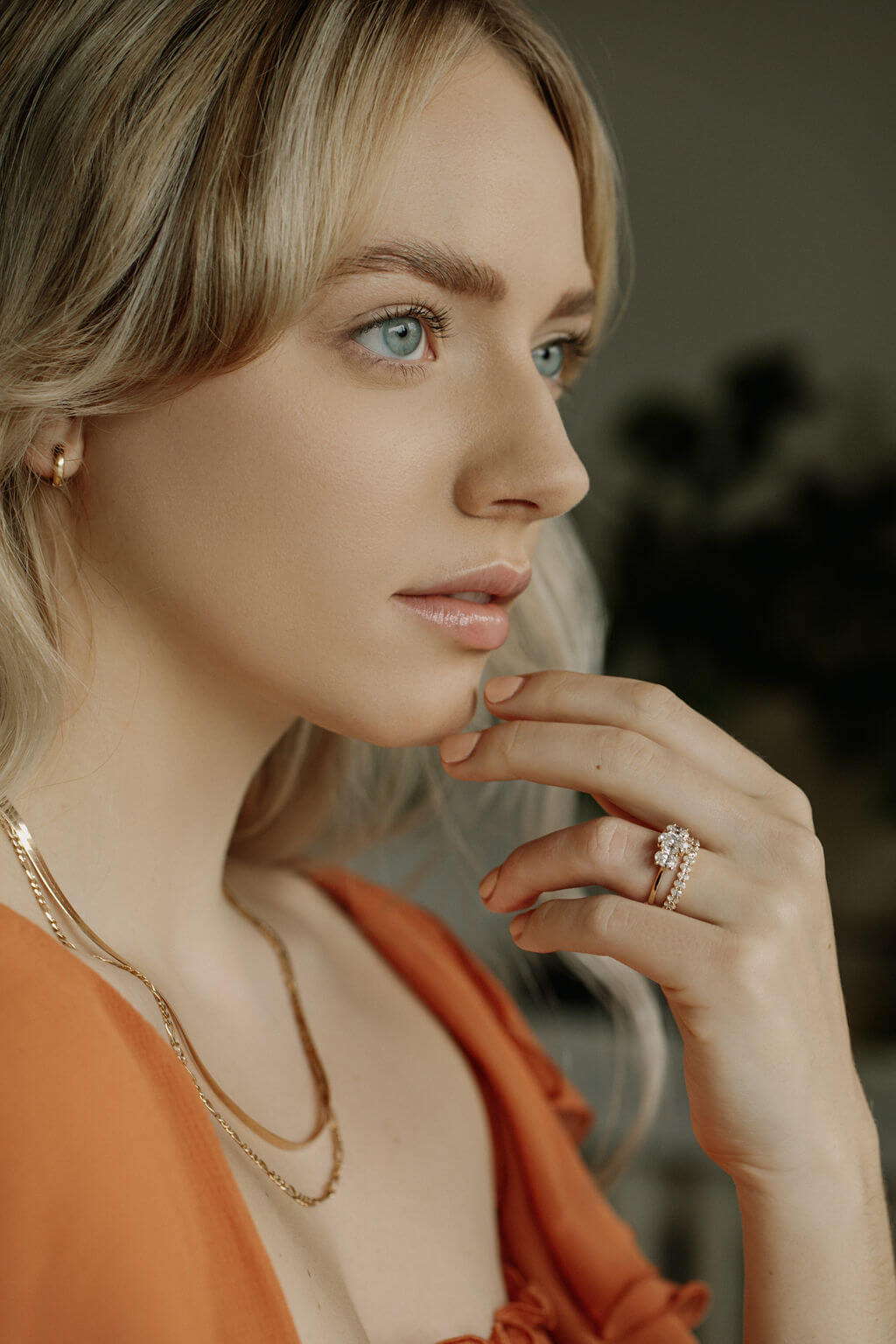
Quality & Price
Lab diamonds still have natural inclusions and are graded using the same system as mined diamonds. The 4 C's will be your guide to finding a stone that fits your budget and quality requirements. Typically, the more to the left on the scale, the higher the quality, and therefore, the higher the price.
Lab diamonds tend to be priced 20-30% lower than mined diamonds. They have the same characteristics, so you can stay within budget without compromising beauty!
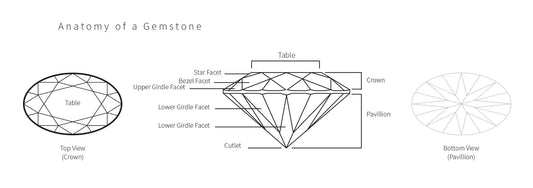
The 4C's - Cut
• The cut of a diamond is easily its most important trait. No matter how clear or colourless a diamond is, if it is cut improperly, the stone will appear dull. Don't worry—we only use the best of the best!
• If a diamond is cut properly, the light traveling into the stone will be reflected out the top of the diamond, called the “table”. If it is cut improperly, light will escape out the bottom or side of the stone, making it appear less brilliant.
• For these reasons, it's worth allocating a large portion of your budget to getting a diamond cut rated “Very Good” or better.
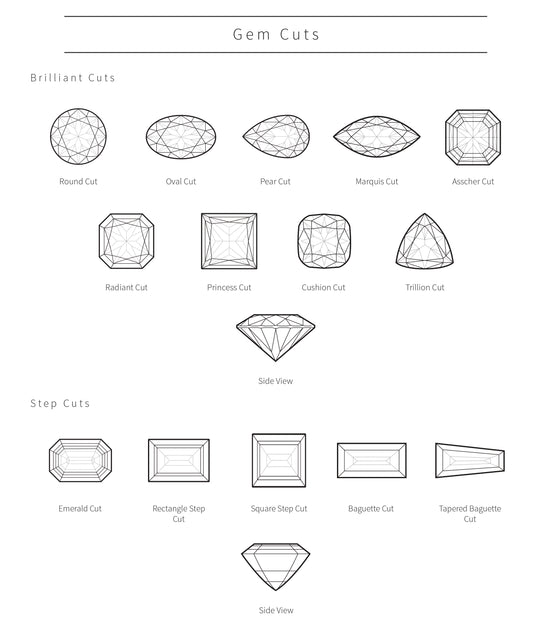
The 4C's - Clarity
Imperfections in diamonds are called “inclusions”. Diamonds with fewer inclusions are said to have better clarity.
We recommend choosing a diamond with a clarity grade of VS1 or better, which means that inclusions are invisible to the naked eye. This diamond may indeed have some inclusions, but for the most part, you won't be viewing them under a microscope in your day-to-day! This is a wise place to allow for some imperfections for the budget-conscious buyer.
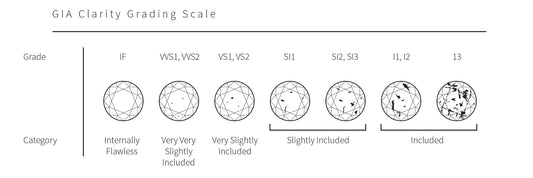
The 4C's - Color
The ideal diamond is colourless. Diamonds with poor grades take on a yellowish colour.
The grade scale is defined as the letters D through Z. D is extremely rare and perfectly colourless. We recommend that you select a diamond graded H or higher, preferably higher, to avoid this yellow colour.

The 4C's - Carat
Carat refers to a diamond’s weight, not its size. In combination with an excellent cut, a small diamond can look much bigger and shinier than larger diamonds with poor cuts.
Large diamonds are rarer, which makes them much more expensive. For this reason, it’s often smart to purchase diamonds which are slightly below the half or full carat mark—for example, .75 of a carat, or 1.4 carat.
If a larger carat is important to you, consider purchasing a diamond with more inclusions or with more colour if budget is a concern.
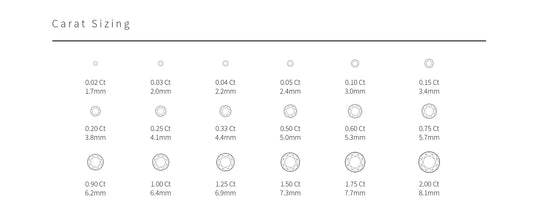
Feeling overwhelmed?
All of these factors will contribute to your perfect lab diamond. If you’re feeling overwhelmed, it’s a great idea to speak with us. We can advise you on what diamonds might be best for you and your budget—really, no question is too small or silly, we are here for you! Our little recipe for cost effective success: an Ideal Cut .75 carat diamond, with VS1 Clarity and G - J colour. This ensures good value for a beautiful diamond. Just remember: cut and colour first!
Lab Diamond FAQs
Where do our lab diamonds come from?
We source our lab and natural diamonds from a reliable source based in
North America that upholds the standards set by the industry
for ethical practices. They comply with the Kimberley Process and use
sustainable practices when creating and extracting their stones.
How hard are diamonds?
Diamonds are rated 10 out of 10 on the Mohs Scale of Hardness.
It is the single hardest mineral on planet earth, which is why it’s often used as drill bits in construction and mining. (It's a little funny to consider how one gemstone is both perfectly suited to drilling into solid stone as well as resting gingerly on one's ring finger!)
How do I care for diamonds?
Be sure to clean your lab diamond with warm water and mild soap. You can use a soft toothbrush or cloth to buff it clean. This ensures your diamond will stay shiny.
If your stone starts to wiggle in its setting, it is very important to take it to a jeweller to have it securely re-set. Otherwise, your stone could fall out of your ring! It’s best to leave the ring at home until you can take it to the jeweller.
We always recommend taking your ring off while you do the dishes, yard work, or any heavy lifting. Removing your ring during on these occasions will keep it in better shape for longer. That said, it’s important to have one safe place that you leave your ring when you take it off—don’t risk setting it down and forgetting where it is!

